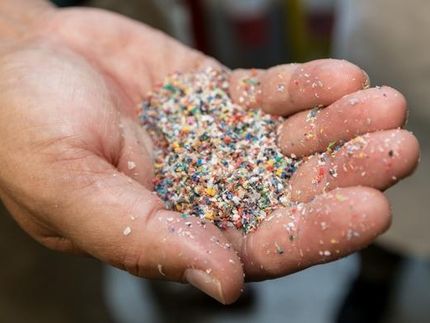Recycling used tires using pyrolysis increases circularity and saves CO2
Advertisement
In a comparative life cycle assessment (LCA), Fraunhofer UMSICHT examined the recycling of used tires for the company Pyrum Innovations. With their special pyrolysis process, they achieve significantCO2 savings compared to thermal disposal methods and recover carbon black, an essential component of tires.
With 1.5 billion used tires per year worldwide, the recycling of used tires is currently a major challenge. Apart from the recovery of metals, no materials are currently reused for tire production, which means that used tire recycling is an end-of-life treatment. However, a new technology offers new potential for a circular economy, as pyrolysis can also be used to recover other products such as carbon black substitute and pyrolysis oil, which is reprocessed into chemicals by BASF.
In a life cycle assessment (LCA), Fraunhofer UMSICHT examined the environmental impact of this innovative pyrolysis technology (1) from the company Pyrum Innovations and compared it with conventional disposal methods for used tires in Germany, such as incineration in power plants (2), cement plants (3) or material recycling (4), for example to produce filling material for use in artificial turf.
Advantages in the impact categories of climate change and conservation of fossil resources
The results show that the pyrolysis process, as well as alternative material recycling processes, have advantages over energy recovery processes, particularly in the impact categories of climate change and conservation of fossil resources. Overall, the Pyrum pyrolysis process (1) results in a netCO2 saving of 703 kgCO2 equivalent per tonne of used tires. "The process achievesCO2 savings of 1347 kgCO2 eq./t through the production of products such as carbon black substitute, pyrolysis oil, the recovery of metals and the production of substitute fuels," adds Dr. Daniel Maga, Sustainability and Participation Department at Fraunhofer UMSICHT.
Note: This article has been translated using a computer system without human intervention. LUMITOS offers these automatic translations to present a wider range of current news. Since this article has been translated with automatic translation, it is possible that it contains errors in vocabulary, syntax or grammar. The original article in German can be found here.
Most read news
Organizations
Other news from the department science

Get the chemical industry in your inbox
By submitting this form you agree that LUMITOS AG will send you the newsletter(s) selected above by email. Your data will not be passed on to third parties. Your data will be stored and processed in accordance with our data protection regulations. LUMITOS may contact you by email for the purpose of advertising or market and opinion surveys. You can revoke your consent at any time without giving reasons to LUMITOS AG, Ernst-Augustin-Str. 2, 12489 Berlin, Germany or by e-mail at revoke@lumitos.com with effect for the future. In addition, each email contains a link to unsubscribe from the corresponding newsletter.

































































